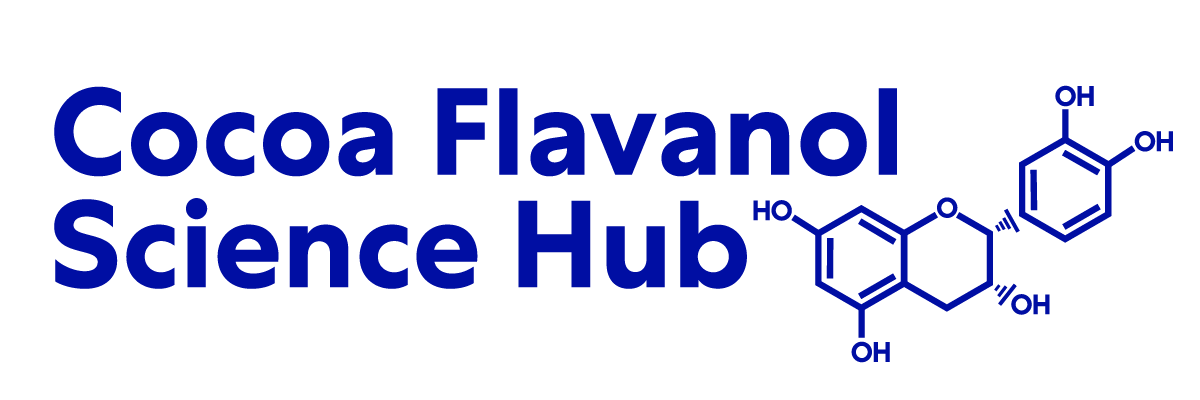Acute consumption of flavanol-rich cocoa and the reversal of endothelial dysfunction in smokers.
OBJECTIVES:
This study was designed to assess the effect of flavanol-rich food on the circulating pool of bioactive nitric oxide (NO) and endothelial dysfunction in smokers.
BACKGROUND:
Studies suggest that smoking-related vascular disease is caused by impaired NO synthesis and that diets rich in flavanols can increase bioactive NO in plasma.
METHODS:
In smokers (n = 11), the effects of flavanol-rich cocoa on circulating NO species in plasma (RXNO) measured by reductive gas-phase chemiluminescence and endothelial function as assessed by flow-mediated dilation (FMD) were characterized in a dose-finding study orally administering cocoacontaining 88 to 370 mg flavanols and in a randomized double-blind crossover study using 100 mlcocoa drink with high (176 to 185 mg) or low (<11 mg) flavanol content on two separate days. In addition to cocoa drink, ascorbic acid and NO-synthase inhibitor L-NMMA (n = 4) were applied.
RESULTS:
There were significant increases in RXNO (21 +/- 3 nmol/l to 29 +/- 5 nmol/l) and FMD (4.5 +/- 0.8% to 6.9 +/- 0.9%, each p < 0.05) at 2 h after ingestion of 176 to 185 mg flavanols, a dose potentially exerting maximal effects. These changes correlated with increases in flavanol metabolites. Cocoa-associated increases in RXNO and FMD were reversed by L-NMMA. Ascorbic acid had no effect.
CONCLUSIONS:
The circulating pool of bioactive NO and endothelium-dependent vasodilation is acutely increased in smokers following the oral ingestion of a flavanol-rich cocoa drink. The increase in circulating NO pool may contribute to beneficial vascular health effects of flavanol-rich food.
See the Full Study > (opens in a new tab)









